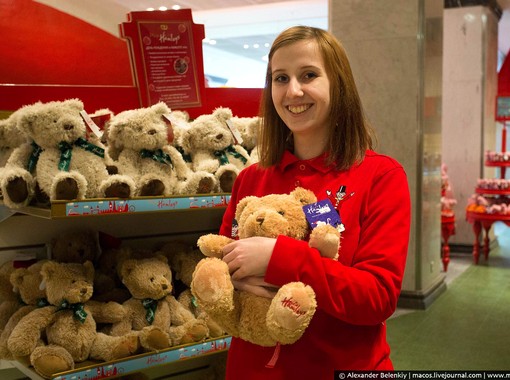
Strong growth in the retail sales of toys and games was supported by Russia’s baby boom and long-term economic growth. The toys and games segment saw a strong performance during the preceding five years as a whole, with impressive double-digit value growth continuing into 2014. Growth was supported by a long-term rise in disposable income levels and by a baby boom during the preceding five years, with purchases for younger children thus driving sales in traditional toys and games. Children also became more significant consumers of video games during the preceding five years, with some parents’ buying children smartphones and tablets in response to a growing focus on digitalization in Russia’s schools.
New product development and digital gaming fuel growth for video games in Russia. Video games benefited from strong new product development at the end of the preceding five years, with the long-awaited launches of Sony’s PlayStation 4 in late-2013 and Microsoft’s Xbox One in 2014. These launches resulted in a stronger performance in 2014 in comparison to the preceding five-year compound annual growth rate (“CAGR”), despite rising economic concerns observed during the year. Growth was also driven by digital gaming, as a growing number of consumers went online. Mobile games notably performed well during the year, thanks to a sharp rise in the ownership of smartphones.
Multinational leaders have gained larger market shares thanks to licensing and launches. LEGO, Sony, Hasbro, and Microsoft are the leading players in toys and games in Russia, with all of these players’ achieving strong double-digit current value growth in 2014 and gaining market shares. LEGO and Hasbro benefited from launches tied into popular films, with the LEGO Movie’s resulting in a strong share gain for the LEGO company and Hasbro’s offering licensed toys linked to films such as Amazing Spiderman 2. Sony and Microsoft meanwhile benefited from strong launches of next-generation static video game consoles.
Meanwhile, chain retailers and internet retailing are the main drivers of sales growth. The toys and games sector is benefiting from strong expansion for chains in mother and baby specialist retailers and traditional toys and games stores across Russia. Chains such as Detskiy Mir and LEGO are expanding into Russia’s regions, and more consumers are thus gaining access to a wide range of good-quality products and brands. Detskiy Mir also increased sales with the opening of a huge flagship store in Moscow in 2014. The venue became a popular tourist destination. Internet retailing is also seeing strong growth, partly thanks to the success of digital gaming, but also as more consumers begin to shop online for products across the toys and games sector.
Economic factors are likely to constrain growth during the next five years. The strong performance seen for toys and games during the preceding five years is not expected to be repeated in the following five years. Growth over the ensuing five-year period is expected to be hindered by the consumers’ facing increasing economic constraints. In response to rising economic concerns, there is also expected to be a sharp drop in the birth rate in the next five years. This development is expected to hinder the demand for toys and games. Furthermore, the next generation of static video game consoles is not expected to be released from Sony and Microsoft for quite some time, with growth in video games thus expected to slow down. Strong growth is to continue for digital gaming, particularly mobile games.
Economic turbulence threatens future growth, but 2014 sales growth remained strong. Following an economic downturn in 2009, Russia saw good real GDP growth for much of the preceding five-year period, benefiting from fiscal stimulus packages. The country has also seen a marked rise in disposable income levels in recent years, with per capita income’s rising from 33 percent of the OECD (Organization for Economic Cooperation and Development) average in 2000 to 51 percent in 2012.
However, economic growth began to slow down towards the end of the preceding five-year period once more. The year 2013 saw just over one percent real GDP growth. The growth in GDP did not even reach one percent in 2014. This was partly due to global oil price fluctuations, but it was also linked to the impact of sanctions, following Russia’s military intervention in Ukraine. Sanctions were approved by the U.S., the E.U., and a number of other countries and organizations in early 2014. The West’s sanctions were followed by retaliatory sanctions from Russia. There is thus rising consumer concerns over Russia’s economic future. Indeed, the country’s economic performance at the end of the preceding five-year period was further impacted by capital flight, which is believed to have reached USD154.1 billion in 2014.
Despite rising economic concerns, the toys and games sector continued to see good sales growth at the end of the preceding five-year period. Current value sales rose by 13 percent in 2014 over the previous year. This figure is only slightly lower in comparison to a compound annual growth rate (“CAGR”) of 14 percent that has been observed over the preceding five-year period. Both traditional toys and games stores and video game retailers remained resilient, although for differing reasons. The traditional toys and games sector benefited from the consumers’ reluctance to economize on spending when it comes to their children, while also being boosted by a growing focus on encouraging the children’s development via traditional toys and games. Growth was also boosted by a high birth rate during the preceding five years. In contrast, video games benefited from strong new product development towards the end of the preceding five years, such as the launch of Xbox One and PlayStation 4. Sales growth was also supported by a surge in the ownership of smartphones and tablets, which supported a sharp increase in sales in digital gaming.
Outlook
While the real GDP growth was maintained in 2014, albeit at low levels, 2015 saw a sharp decline of almost four percent. This was due to lower oil prices and the impact of Western sanctions, alongside the impact of a weak rouble and ongoing capital flight. Disposable income levels were heavily impacted by these trends, with per capita real disposable income’s plummeting by an estimated three to four percent in 2015 alone. The next five years will thus see the Russian consumers’ shift from concern over the country’s economic future to facing the reality of dwindling disposable income levels.
The good growth seen for the toys and games sector at the end of the preceding five years is thus unlikely to continue, with many consumers’ being forced to economize. Overall, the toys and games sector is expected to see just one percent value CAGR at constant 2014 prices in the following five years, down from a six-percent CAGR of the preceding five-year period. The traditional toys and games sector is expected to be impacted by the consumers’ switching to more affordable Russian brands in some areas, although it is unlikely to see a shift to economy imports due to the Russian consumers’ safety concerns. Many parents will however be more likely to swap traditional toys and games with friends and extended family members in order to minimize purchases and save money. Meanwhile, the birth rate is also expected to decline due to the consumers’ concerns over the cost of raising children. The video games segment is likely to see sales hindered by free digital games or “freemium” products that require only a small or an optional cost.
The baby boom in Russia boosted sales in the toys and games sector. Russia saw a baby boom during the preceding five-year period, which was partly due to generous government funding programs, with the country’s one-off “maternity capital.” The birth rate rose from 12.4 births per 1,000 people in the population in 2009 to 13.4 births per 1,000 people in the population in 2012, and dipped only slightly to 13.2 births per 1,000 people in the population in 2014. Good long-term economic growth also encouraged many families to have more than one child during the preceding five years. A higher birth rate meanwhile supported 15-percent growth in the population segment zero to four years in age during the preceding five years as a whole, while the population of five- to nine-year-olds rose by 14 percent. In contrast, there was no increase in the population percentage of 10- to 14-year-olds.
Consequently, sales growth in many areas is being driven by products targeting younger children, with 15-percent current value growth notably being seen in baby (zero to 18 months) and pre-school (three to four year-olds) categories in 2014. Sales of traditional toys and games were dominated by purchases for young children up to six years old throughout the preceding five years, but the share of sales to this group continued to rise at the end of the preceding five years, increasing by almost a percentage point to reach 53 percent of overall value sales in 2014. In contrast, the shares of sales to pre-teens, teenagers, and adults all declined.
Video games were also impacted by this trend and by a shift in educational focus in Russia. Education is increasingly becoming digitalized, with many parents thus being encouraged to invest in devices such as e-readers. This digitalization is meanwhile encouraging many families to buy smartphones or tablets for their children. According to a survey by orovye-mam.ru, in 2013 eight percent of five- and six-year-old children regularly played video games on devices at home. There was indeed a marked rise in the number of children of ages six or younger who play video games during the preceding five years, with an increase of 71 percent during the preceding five years as a whole. By 2014, 19 percent of young children played video games, up from 13 percent in 2009.
Russia’s baby boom is expected to prove short-lived, chiefly due to the impact of economic trends. There is expected to be slower growth in real wages in the next five years, while high inflation and the impact of sanctions will also encourage increased economic caution. Consequently, many consumers are likely to be concerned about the cost of raising a child and are expected to postpone starting a family or avoid having additional children. From 13.2 births per 1,000 people in the population, there is expected to occur a steady drop throughout the following five years to only 11.9 births per 1,000 people in the population by 2019.
A declining birth rate is thus likely to constrain sales growth in the toys and games sector in the next five years. The traditional toys and games sector is expected to be particularly impacted by this trend, as much of the sales growth seen during the preceding five years was driven by an increase in the number of children born in Russia. The next five-year period is expected to see less than a one-percent value CAGR at constant 2014 prices. This figure would be considerably lower in comparison to the five-percent CAGR seen during the preceding five years.
Perhaps surprisingly, the baby category (zero to 18 months) is set to remain the strongest growth area in traditional toys and games, seeing an almost five-percent CAGR in the next five years. Growth in this area is expected to be supported by a growing focus on health and safety, which will encourage consumers to trade up from economy imports to good quality low- and mid-priced products. This trend will also be encouraged by the ongoing expansion of traditional toys and games chain stores and mother and baby specialist retailers in the next five years, making good quality and affordable products more widely available and also increasing the consumers’ access to discounted products.
The video games sector is meanwhile likely to be less impacted by a lower birth rate in the next five years, due to a considerably stronger demand from adult consumers. Indeed, video games could well see stronger demand from children in the next five years. Ongoing digitalization, both in Russia’s education system and the society, will encourage many parents to invest in smartphones and/or tablets for their children. Consequently, children are expected to become increasingly prominent consumers of digital gaming, although much of their interest is expected to focus on free or “freemium” mobile games.
Meanwhile, licensing sales have soared, as chain retailers continue to expand. Licensed products are seeing strong growth in demand in Russia, being supported by the widening presence of traditional toys and games chain stores and mother and baby specialist retailers. Detskiy Mir is notably fueling growth in this area, as it expands across Russia with a strong focus on offering a wide and frequently updated range of the most popular licensed toys. This chain also often holds events focused around licensed toys, especially around holiday periods and key gift-giving occasions, particularly in its huge flagship Detskiy Mir outlet in Moscow, which opened in August 2014. This store is a tourist attraction in its own right – with events such as Winx Club’s Magical New Year Celebration in December 2014 – that entices a large number of consumers. The ongoing expansion of chain retailers of traditional toys and games across Russia, particularly in Russia’s regions, not only increases the consumers’ access to licensed traditional toys and games, but also encourages consumers to shift from counterfeits and grey imports to purchases from legitimate channels.
In terms of successful licenses, both Russian and international licenses are popular, although the former tend to be more focused on TV characters, such as Masha and the Bear and Smeshariki. Sochi 2014 was also a huge success at the end of the preceding five years thanks to patriotic sentiments and the popularity of the Winter Olympics. Global licenses are meanwhile mainly driven by film releases, with these increasing in popularity as chain retailers and players – such as Hasbro – improve the speed-to-market for new launches. The release of Disney’s Frozen was one of the most significant occasions to spur licensing activity in the Russian toys market in 2013. The animated feature remained popular, although at a lower level, in 2014. The LEGO Movie was meanwhile incredibly popular in 2014 and was a major contributor to the strong performance seen for LEGO in the toys and games sector. LEGO is the leading player in the toys and games sector. The brand also saw the strongest growth in value share in 2014 over the previous year, gaining a third of a percentage point from 2013 to account for close to a nine-percent value share of the market. Other successful licenses in the year were also linked to films, such as Guardians of the Galaxy, Amazing Spiderman 2, and Teenage Mutant Ninja Turtles (2014).
Licensed products are expected to continue to see strong sales growth in Russia in the next five years. Value growth at constant 2014 prices is expected to soften only slightly to around seven percent CAGR, down from around nine percent CAGR during the preceding five years.
Ongoing growth is expected to benefit from a number of factors, including the expansion of chain retailers in the mother and baby specialist outlets and traditional toys and games stores. This will encourage consumers to shift from the low-quality counterfeits to good-quality branded products, while in-store promotions and events will also drive sales. There is expected to continue to be a strong interest in Western films, with U.S. studios’ and licensed toy producers’ striving to ensure that Russian launches are simultaneous with those in other countries, thus minimizing the piracy of either films or licensed toys. Russian licenses will meanwhile also remain popular, such as from cartoon series Crocodile Gena and Cheburashka and Nu Pogodi.
Social media is also expected to become an increasingly significant channel for the promotion of licensed toys in the next five years, with sites such as Vk.com and Facebook enabling retailers and producers to build up the characters’ stories and connection to consumers. Social media marketing can indeed be useful. Frozen, for example, inspired numerous videos and images of families re-enacting scenes or miming to the soundtrack.
However, some factors could threaten the forecast growth for licensed toys in the next five years. Russia is expected to face challenging economic times during these years, while licensed toys typically carry higher prices in comparison to other products. Some parents may thus seek to economize by avoiding licensed toys.


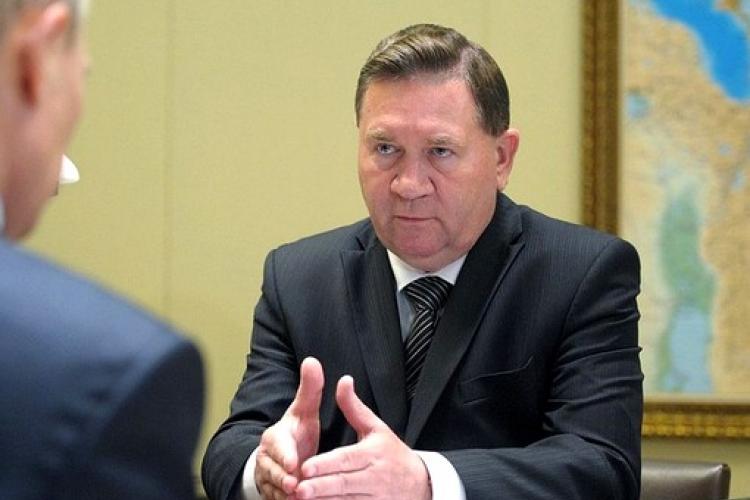
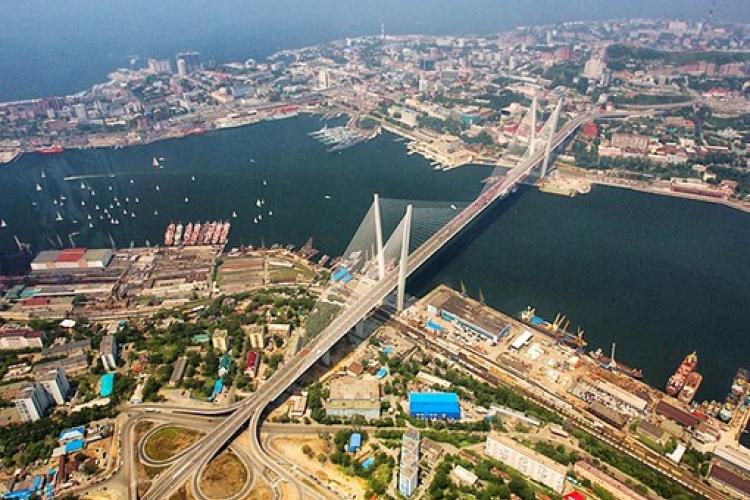

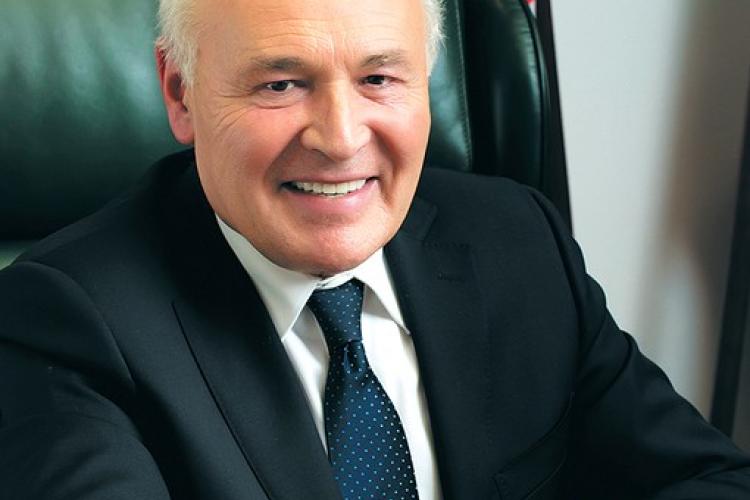
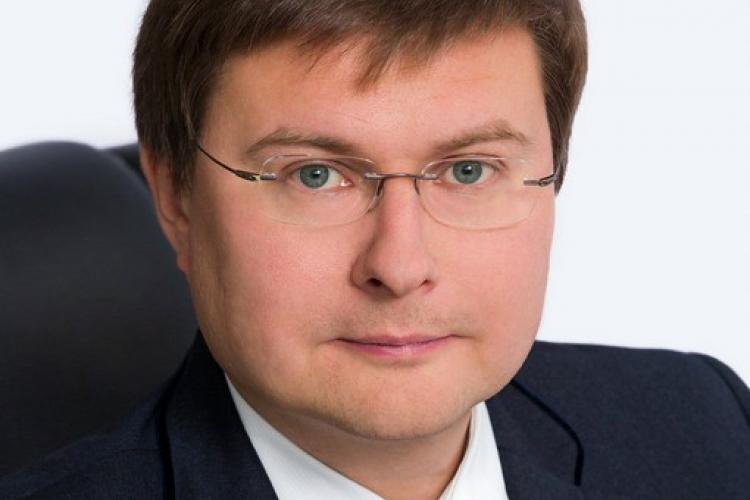

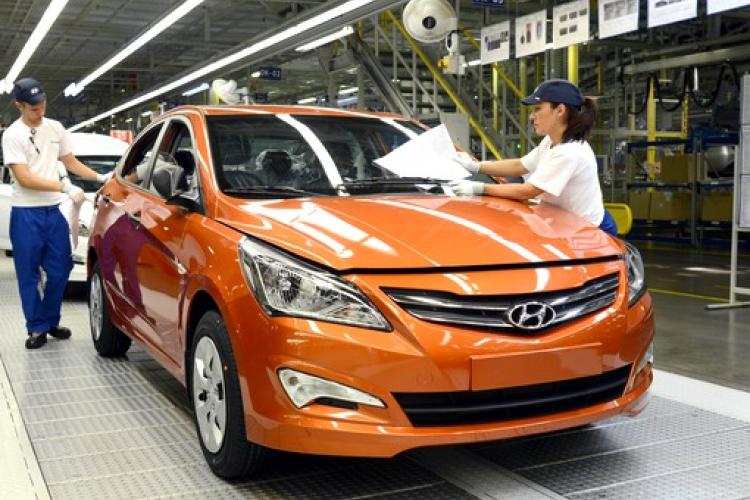
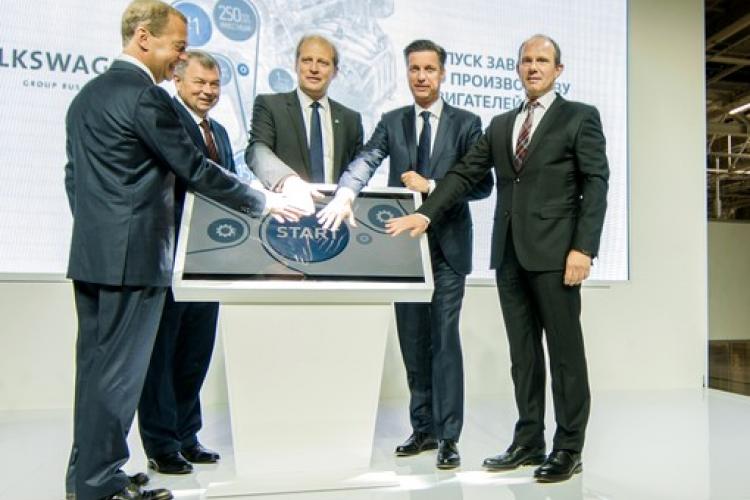
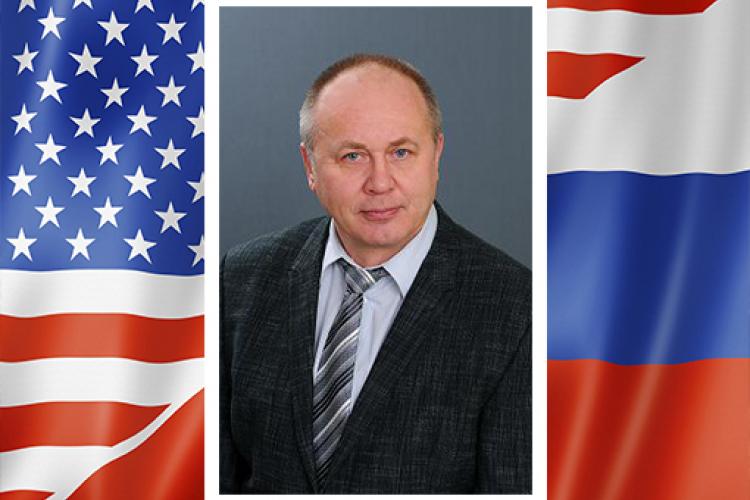

Leave a comment